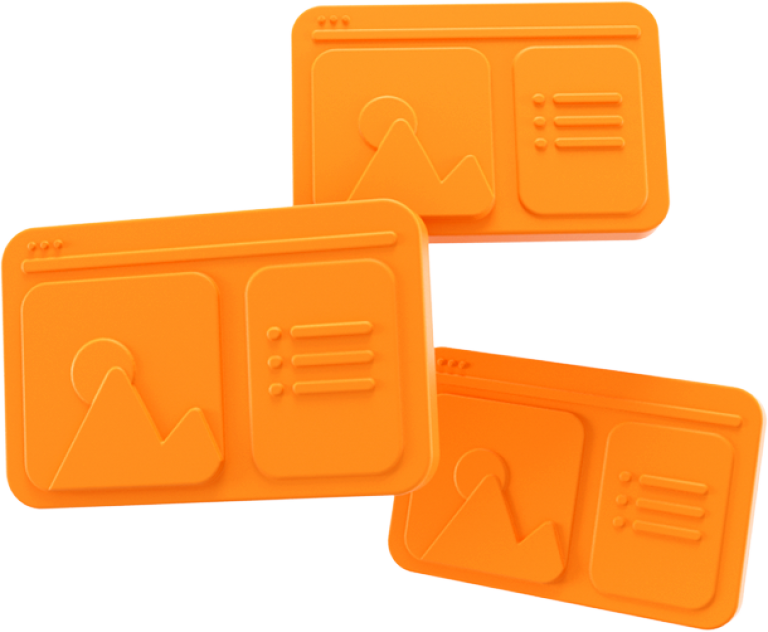Microsites within a multisite, is it possible?
In many an RFP for a (multisite) CMS, it comes up: 'We want the ability to independently create separate websites for campaigns, countries or product groups'. Mini-/microsites or landing pages are regularly mentioned in this regard. As an organization, how can you strategically address the needs of content and marketing teams without compromising consistent branding and a single source approach to your content?
It is good that the requirement for mini and micro sites is included in an RFP. This is because it proves that careful consideration has been given to the role and impact of such sites within an organization's content and marketing strategy. If you don't, chances are there will be a proliferation of tools used to publish Web content without sound vision and an increased risk of inefficiency, loss of source data and inconsistent branding.

What are microsites?
To understand the needs of content marketers, we must first zoom in on the phenomenon of "microsites. Micro- or mini-sites are typically external websites or landing pages that specifically target a particular product, audience or service. You may remember the hundreds of microsites that were part of web store Coolblue's strategy until 2018.
Many microsites are set up to launch a particular campaign. A conscious decision is made to create a separate domain from the main domain and often the site also has its own look and feel so that the message comes across better than if the content had been published on its own website.
To avoid high custom design and development costs and shorten time-to-market, marketers are increasingly choosing from a rich selection of no-code page builders such as Maglr, Wix and other tools to set up microsites. You select a template, adjust house style elements and colors, fill the site with (personalized) content and you can go live in no time. After going live, you measure the results of the campaign within this tool and set up an A/B test if desired.

Advantages of microsites
Short time to market: a microsite can live quickly thanks to rich choice of templates and visual editor;
Autonomy: you don't need designers or developers thanks to no-code software;
Standard integrations: pagebuilders and other tools come with useful features for personalization, analytics and conversion;
Low cost: no custom development costs, just a low monthly fee.

Disadvantages of microsites
- Limited findability: a microsite on a separate domain starts at 0, because the domain has not yet built up authority;
- No consistent branding: microsites can be set up quickly with templates, but they are not custom made for your brand. This can lead to a lesser brand experience;
- Labor intensive: maintaining multiple websites on different platforms is a time-consuming process and can lead to outdated content or inconsistent branding;
- Scalability: if you want to expand a template-based microsite, you run into the limitations of standardized software;
- Incompatibility: there is no standard integration with your organization's "tech stack," so connecting microsites to your systems can be complex and time-consuming.
How can you include microsites in your multisite?
A multisite allows you to create multiple websites from a central environment based on a theme. You might think that this is the ideal solution for developing microsites.
An advanced multisite CMS works from a 'design system' that defines what the websites should look like and which tools are linked. Through the 'design system' you ensure consistent branding and all functions can be centrally managed and maintained. Thanks to features such as multi-content, you share content across different sites within the multisite. This prevents double work.
So developing microsites within your multisite solution can work, but does require extra thinking during your multisite implementation. After all, you have to take multiple use cases into account and dynamically set up the multisite configuration accordingly. Try to first think about the content structure for the different websites and only then work towards the design of the building blocks for your multisite.
If your organization does not use a flexible multisite CMS with visual management capabilities, then you will probably quickly fall back on alternative tools to develop minisites.
Want to know about Plate's ability to independently build microsites within a multisite? We'd love to show you. Feel free to schedule an orientation meeting or demo!